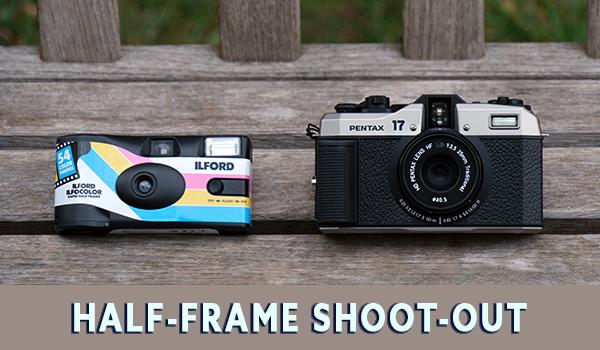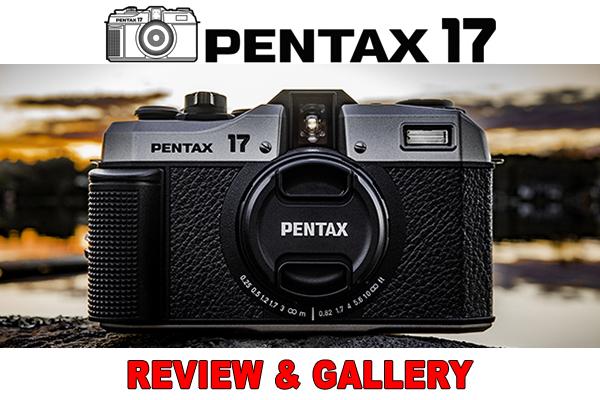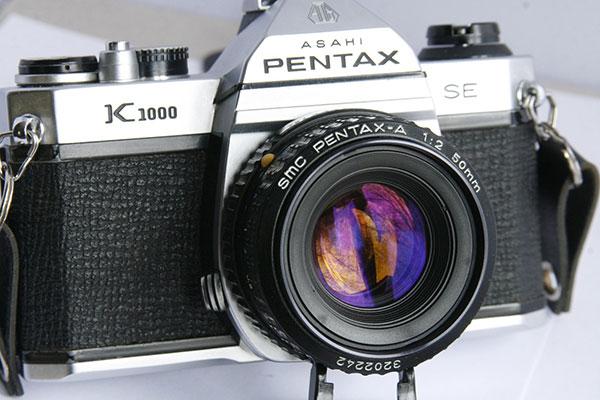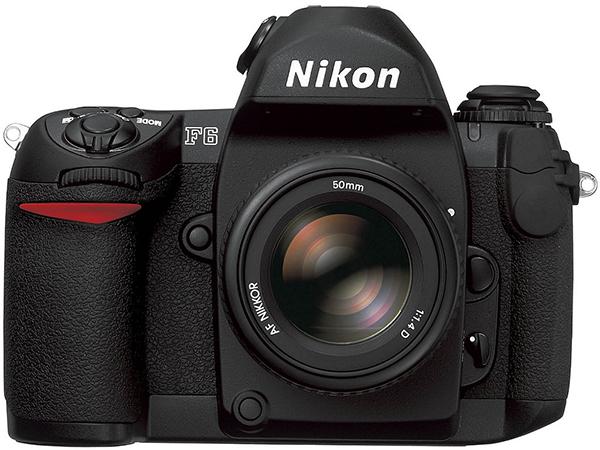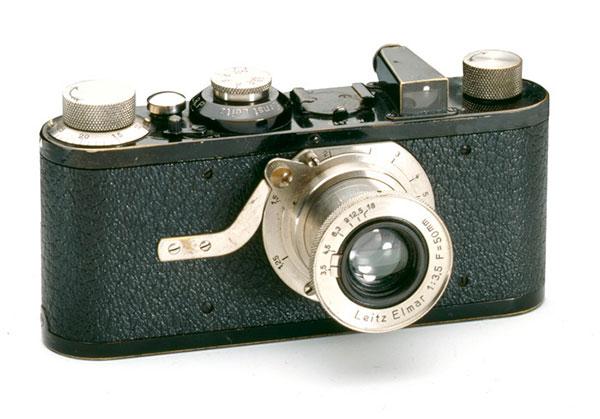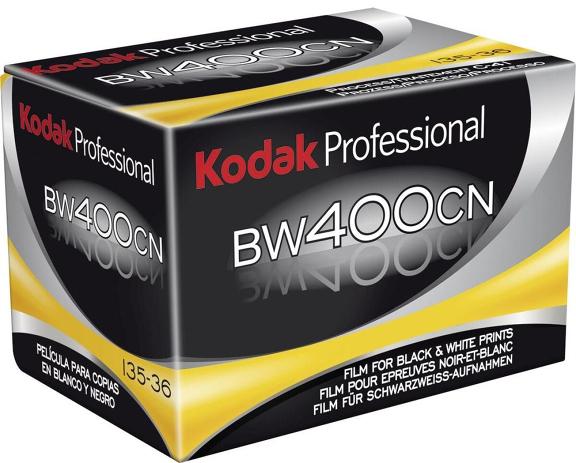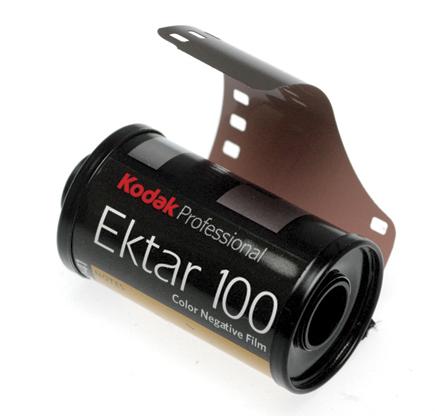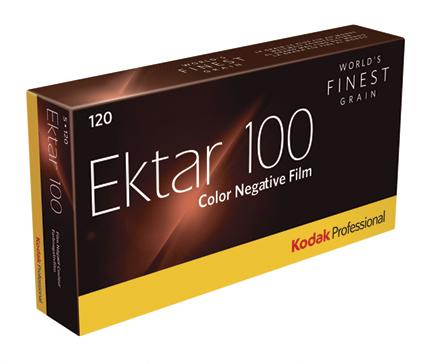|
Sep 12, 2024
|
Sep 06, 2024
|
Jul 14, 2023
|
Apr 13, 2023
|
Jan 30, 2017
|
Apr 08, 2016
|
Feb 05, 2016
|
Jul 13, 2015
|
Aug 21, 2014
|
Aug 20, 2014
|
Jul 30, 2014
|
Jan 01, 2011
|
Sep 01, 2009
|
Sep 01, 2009
